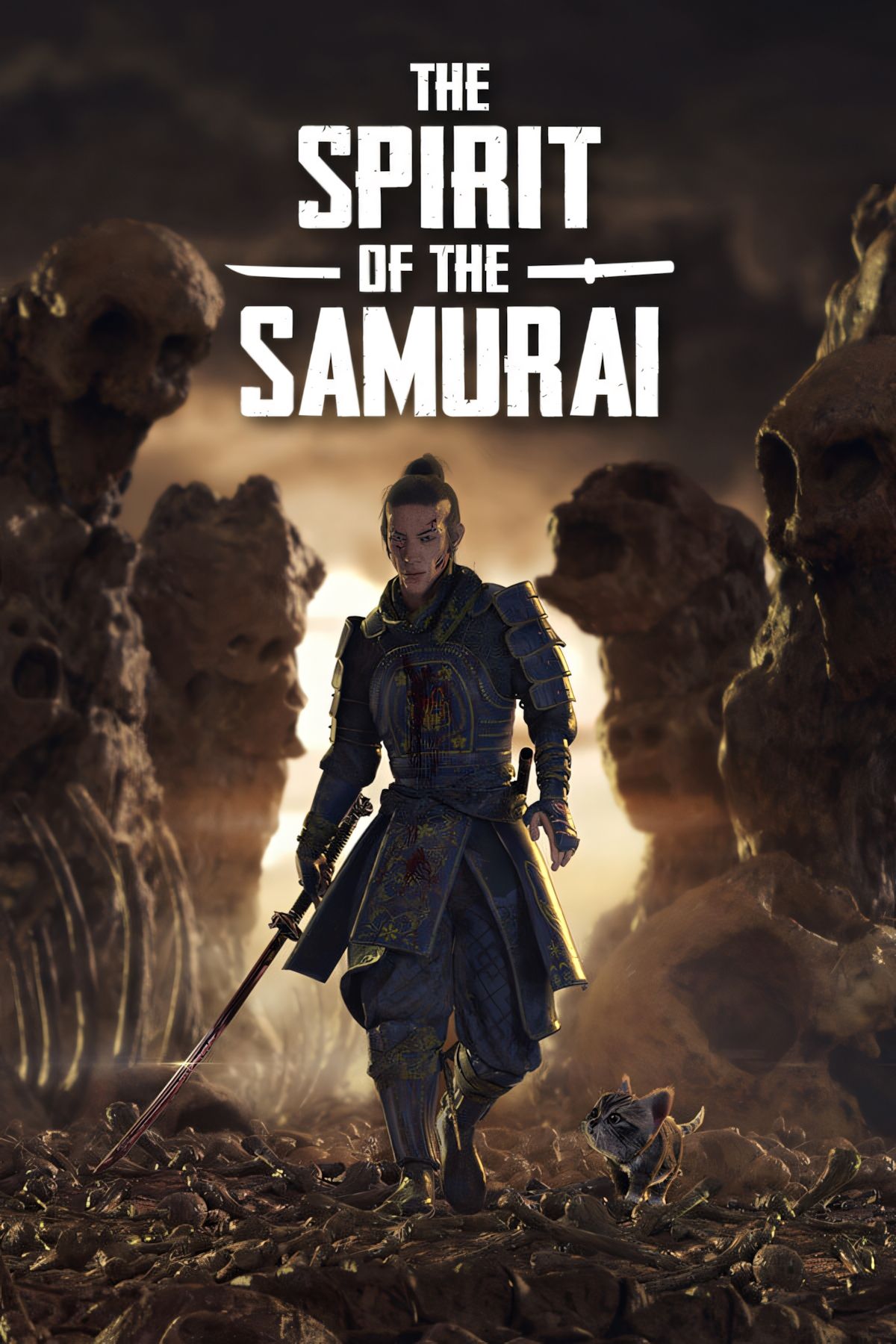The Spirit of the Samurai wasn’t on my radar. However, once I heard it was an action-platformer with a stop-motion aesthetic, I was instantly sold. On that front, the game is a tremendous success. But while the game’s keen visual style helps to propel it forward, its rigid adherence to it also holds it back.
From pillar to post, The Spirit of the Samurai looks immaculate. Not only does it sell the stop-motion aesthetic, it packs the screen with ornate, albeit grisly, details. It is a visually dense experience that utilizes the background and foreground to craft stages that are both memorable and atmospheric. It’s basically Isle of Dogs but with more samurai zombies, fewer dogs, and an omnipresent sense of dread.
Speaking of atmosphere, The Spirit of the Samurai has it in spades. I came in knowing nothing about this one and was shocked by the amount of viscera on display. The vibes are consistently creepy, and the scenery is appropriately horrifying. The story follows Takeshi, a samurai with a mystical connection to the fabled kitsune, as he defends humanity against a horde of oni. The story itself is fine and does enough to weave the multiple gameplay scenarios together, but the emphasis is clearly on atmosphere. Here, The Spirit of the Samurai delivers. Unfortunately, it isn’t all smooth sailing.
Putting The ‘Stop’ In Stop-Motion
You’ll be doing plenty of sword-swinging and pit-jumping as you work your way through this grim vision of feudal Japan, but the game isn’t afraid to shake things up a little either.
As the story progresses, you’ll also take control of Takeshi’s cat, Chisai, as well as a Kodama (a diminutive Japanese Spirit). Chisai has to work through their sections stealthily, while avoiding enemies at all costs, while the Kodama stages are more open-ended and objective based. Thankfully, these segments don’t wear out their welcome. However, while the platforming is largely enjoyable, the game’s dedication to its aesthetic does, inevitably, intrude upon it and makes everything feel worse to control.
Its wonderfully articulated animations come at the cost of immediacy. Something as simple as running and jumping over a gap feels more perilous when you need to factor in the jump’s precise animation. It’s reminiscent of the rotoscoped games of yore, feeling a lot like Prince of Persia circa 1989. I was able to adjust to the delay after a while, and the platforming sections are fun to work your way through, but I suspect that clunkiness is going to be a bugbear for many a seasoned platformer lover.
Additionally, the objects in the foreground, while helping to deliver a keen sense of visual depth, straight-up obscure important gameplay elements. Admittedly, this is more troublesome in combat sections than during platforming, but it tripped me up more than once while trying to evade traps that instantly kill you.
You’re Greatest Foe Will Be The Hitboxes
Combat, on the other hand, only ever rises to the level of serviceable. The parry mechanic works well enough, and you do have a nice assortment of attacks to choose from – many of which gradually unlock over the course of Takeshi’s journey.
However, the same delay that hinders platforming combines with herky-jerky hitboxes to make for some extraordinarily awkward combat encounters. Against one shield-bearing enemy, my attack kept carrying me so far forward that I was hitting their shield. This becomes an even bigger problem when I tell you I was facing their bare back. I had this happen dozens of times.
If you’re nose to nose with a foe, there’s a good chance you will miss them entirely due to how far in front your sword hits. The heart of combat is spacing and timing, and the game does actively encourage you to use different attacks at different ranges, but the way it handles these up-close collisions is nothing short of clumsy.
It is worth noting that during the Kodama section of the game, I didn’t experience this issue nearly as much.
You can work around this to some degree. The game gives you the ability to customize your attack strings – a neat feature in its own right. So you can assign stumpier attacks to one of the other directions, making these up-close and personal encounters more consistent. I just wish the game’s collision boxes weren’t so messy as to necessitate workarounds. I can’t help but feel like I wouldn’t have bothered to put up with the combat if the game wasn’t as visually stunning as it is.
And that’s the crux of The Spirit of the Samurai: it is a gorgeous game, with an excellent sense of atmosphere, and decidedly troubled gameplay. At its best, it plays like a classic rotoscoped platformer, which can feel charming in its own right, but at its worst, it is cumbersome and awkward. This Samurai most certainly has spirit, but his sword could use a little sharpening.

Action
Adventure
Metroidvania
- Developer(s)
-
Digital Mind Games
- Breathtaking visuals
- Excellent atmosphere
- Good gameplay variety
- The animations rob actions of their immediacy
- The hitboxes are extremely wonky when playing as Takeshi

Next
Black Myth: Wukong Adds Boss Challenge, Horde Mode, And New Equipment
Black Myth: Wukong’s latest update isn’t monkeying around.













Leave a Reply